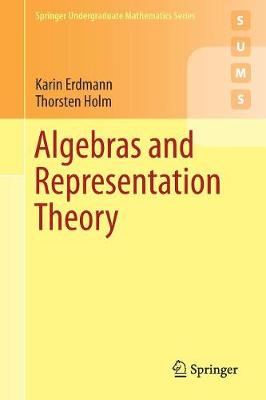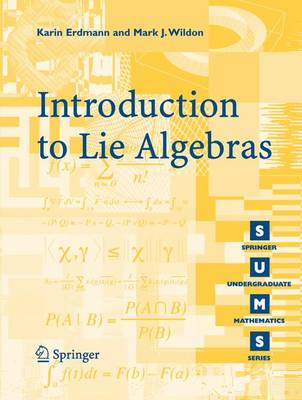Springer Undergraduate Mathematics
2 total works
This carefully written textbook provides an accessible introduction to the representation theory of algebras, including representations of quivers.
The book starts with basic topics on algebras and modules, covering fundamental results such as the Jordan-Hoelder theorem on composition series, the Artin-Wedderburn theorem on the structure of semisimple algebras and the Krull-Schmidt theorem on indecomposable modules. The authors then go on to study representations of quivers in detail, leading to a complete proof of Gabriel's celebrated theorem characterizing the representation type of quivers in terms of Dynkin diagrams.
Requiring only introductory courses on linear algebra and groups, rings and fields, this textbook is aimed at undergraduate students. With numerous examples illustrating abstract concepts, and including more than 200 exercises (with solutions to about a third of them), the book provides an example-driven introduction suitable for self-study and use alongside lecture courses.
Lie groups and Lie algebras have become essential to many parts of mathematics and theoretical physics, with Lie algebras a central object of interest in their own right.
This book provides an elementary introduction to Lie algebras based on a lecture course given to fourth-year undergraduates. The only prerequisite is some linear algebra and an appendix summarizes the main facts that are needed. The treatment is kept as simple as possible with no attempt at full generality. Numerous worked examples and exercises are provided to test understanding, along with more demanding problems, several of which have solutions.
Introduction to Lie Algebras covers the core material required for almost all other work in Lie theory and provides a self-study guide suitable for undergraduate students in their final year and graduate students and researchers in mathematics and theoretical physics.

